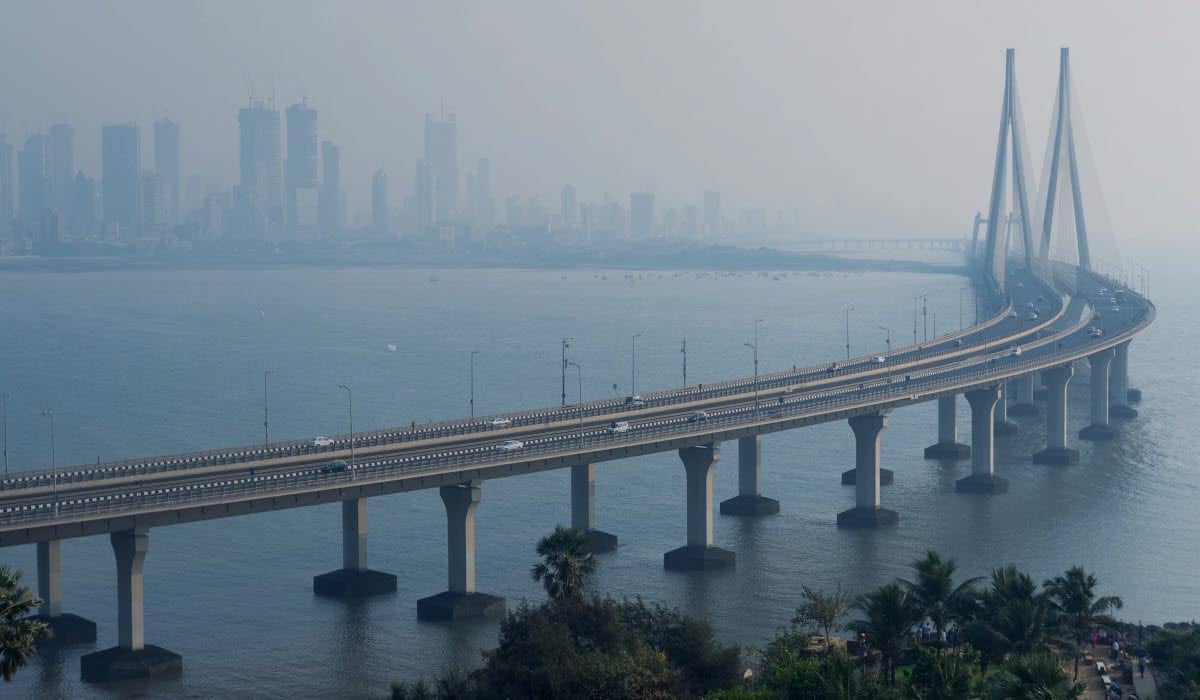Since the last time I was here, India’s economy has undergone massive changes. It is well poised to remain the fastest-growing major economy in the world despite the economic slowdown triggered by the pandemic worldwide, growing at 7.2% in 2021 and 6.7% in 2022, according to the United Nations Conference on Trade and Development.
In the last few months as Trade Commissioner for Business Sweden in India, I have seen the potential for collaboration and investments remains substantial.
The digital space in India is exploding with opportunities at the moment.
The country has undergone a major digital transformation, and the e-commerce market has seen exponential growth especially post-covid, with the online retail market expected to reach 37% of the overall retail market by 2030. India has seen the fastest growth of Unicorns, VC investments, corporate incubated startup ecosystems. Education-Tech, Health-tech, Fintech are new areas of e-commerce growth. India overtook China and UK with 26 new Unicorns in 2021.
There is also a major push for infrastructure growth and to overhaul India’s key sectors such as Defence, Aviation, Space and Agriculture through open FDI norms and policy changes.
Just this week (Oct 13, 2021), the Indian government announced a $1.4 trillion outlay for integrated infrastructure growth under the Prime Minister’s Gati Shakti Master Plan, which is focused on speeding up the country’s economic activity by generating demand for a host of sectors such as urban infrastructure, road, rail, ports, aviation, healthcare, energy, space and defence. This is to bolster India’s economy and plug the budget deficit, and usher in private players and foreign investors with a slew of revival policies.
To me, this would be the busiest time to be in India; the government plans to open up economic zones, textile clusters, pharmaceutical clusters, defence corridors, industrial parks, fishing clusters, and agri-zones under its Gati Shakti Master Plan.
WHICH ARE THE AREAS TO INVEST IN?
Sweden should continue to invest in core areas of cooperation with India such as defence, health, innovation but also in new sectors such as space, digital, gaming.
India accounts for 3.7% of the global military spending, making it the third-highest military spender in the world. The government wants to open up this sector to more private participation through open FDI norms, and developing two new Defence Corridors with a target investment of INR 100 billion. Another major sector for growth is space, one of the fastest-growing industries with a 96% success rate, which includes missions to the Moon and Mars.
India recently launched Indian Space Association or ISpA, a premier industry association of space and satellite companies. The newly formed ISpA is an excellent platform for Swedish players in the space technology ecosystem to showcase and participate in India’s growing space programs. 319 foreign satellites have been launched by India’s Space Mission; there are likely to be more than 60 missions by 2025.
In the last decade, I’ve witnessed no bigger transformation than the digital space. With over 600 million internet users, India’s digital market is the second largest online market only behind China, offering a huge potential market for investment. Adding to the high internet penetration, is low cost of internet, which makes it an ideal market for the gaming industry expansion as well.
INDIA CORE SECTOR STRENGTH: AVIATION, RAIL, PORTS, ROADS AS WELL AS ENERGY
India’s aviation market is buzzing with activity and growth potential. Just this month, the government privatised its oldest national carrier – Air India, opening up the aviation sector to further privatisation. The government aims to develop 109 airports by 2024 and plans to invest $1.83 billion in the development of airport infrastructure by 2026.
Not just aviation, Indian railways and port sector are also set for a major expansion under the new master plan. The railways plan to redevelop 400 railway stations, implement two dedicated freight corridors (Western and Eastern) and invite bids of green fuel vertical including green hydrogen. Through the Sagarmala project, the Indian government hopes to create smaller ports, digitise port services, establish major new ports, promote inland water terminals, and set up industrial and maritime clusters.
The one sector that has seen a major upward swing is energy – especially renewables. This gives Sweden, a leader in clean energy and circular economy, ample opportunities for collaboration.
India ranks third in renewable energy country attractive index in 2021. The country has set an ambitious target of achieving a capacity of 450 GW by 2030; this is the world's largest expansion plan in renewable energy.
Key to the success of renewable energy in India will also be e-mobility. India has approved a INR 100 billion outlay for creating demand incentives for electric vehicles.
Health remains a core area of collaboration. India and Sweden are working on several health verticals, for example collaboration between AIIMS Delhi, AIIMS Jodhpur, Health Ministry, ICMR and Swedish Trade Commissioner’s Office and AstraZeneca. According to Invest India’s Investment Grid, there are nearly 600 investment opportunities worth USD 32 Billion in the country’s hospital/medical infrastructure sub-sectors.
IN CONCLUSION
Currently, there are over 200 Swedish companies operating in India. Investments worth $1.7 billion were made by Swedish companies in India, creating 200,000 direct jobs and 2,200,000 indirect jobs.
The Indian government has brought most of the key infrastructure sectors in India under eligible sectors that can have 100% FDI under the automatic route. The new master plan aims to boost employment opportunities, make interconnectivity between road, rail, air and waterways more efficient, and improve industrial productivity. It also aims to help India become a manufacturing hub, attract foreign investors and raise the possibility of future economic zones through multimodal connectivity that provides manufacturers faster access to domestic and international markets.
It's certainly time to invest in India.
For more details on where to invest, contact Business Sweden for sector-specific reports or write to me at cecilia.oskarsson@business-sweden.se.



